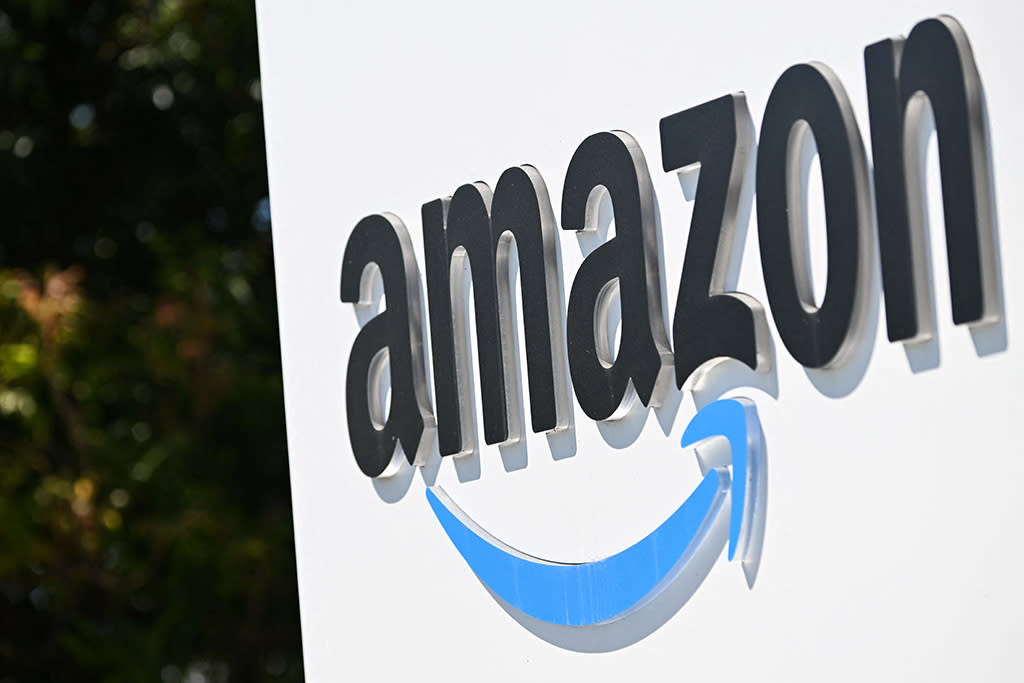Prime Day Has Helped Make July a Mini-Shopping Holiday. Here’s What It Could Say About Consumer Sentiment in 2023.

Amazon Prime Day 2023 is officially upon us. But the e-commerce giant isn’t the only retailer taking advantage of deal-hungry consumers this July.
The two-day shopping event this year coincides with other shopping holidays from competing retailers. Target, for example, is running its Target Circle week between July 9 and July 15, offering members of its loyalty program opportunities to save big on food and beverage, beauty, essentials, electronics and other categories.
More from Footwear News
Amazon competitor Walmart is hosting Walmart Plus Week between July 10 and July 13, during which members will have access to deals across the store. Non-Walmart Plus members will have access to the sales starting July 11. Even Macy’s is getting in on the action, rolling out a “Black Friday Sale in July” between July 6 and July 12.
The flurry of sales holidays comes on the cusp of the back-to-school season, a fortuitous time for retail often considered a bellwether for the winter holiday season. This year, these July deals will likely cater to the consumers who plan to get their back-to-school shopping done earlier than usual while scouting out the best deals. At the same time, spending turnout for Prime Day and other July shopping holidays this year could be a strong indicator of how consumers will come out for major shopping holidays through the remainder of 2023, a year in which inflation, high interest rates and economic concerns has weighed on spending.
“Consumers are continuing to curb their discretionary spending as economic uncertainties persist,” said Sender Shamiss, CEO of return logistics company goTRG, which works with Walmart and other retailers. “However, the upcoming shopping events like Prime Day and Target Circle Week will give retailers their first real showing of how their customers are spending during a major ‘buying time’ and may even indicate how the 2023 holiday shopping season will shape up.”
According to KPMG’s 2023 Consumer Back to School survey of more than 600 U.S. households with students, shoppers plan to spend on average about $377 per kid, which is up 21 percent from a year ago. More than 60 percent of respondents report being concerned about inflation, with 70 percent of them looking for early discounts.
“With more than 40 percent of consumers planning to do their back-to-school shopping online and July being the top month for back-to-school shopping in general, we anticipate consumers taking advantage of early promotions, such as Amazon’s Prime Day, to find great deals on the essentials of core supplies, apparel and footwear,” said KPMG consumer and retail strategy principal Julia Wilson.
Amazon is already emphasizing the back-to-school deals during Prime day this year with a special landing page for this category. In 2021, Amazon held Prime Day earlier than usual, in June. In 2020, during the heights of the pandemic, the shopping holiday occurred in October.
Circana footwear and accessories analyst Beth Goldstein said that having Prime Day in July — and the associated deals that surround it — has had a significant impact in the distribution of kids’ footwear sales for the year.
In 2022, when Prime Day was in July, 28% of the adult footwear business for the year happened in Q3, and 34% of the kids business happened in Q3. While this is still less than the surge in footwear sales in Q4, Q3 still represented over a third of kid’s footwear sale for the year.
“We found that Prime Day in July is typically when it has the most impact [on footwear sales],” Goldstein said.
Related:
Amazon Prime Day Shoe Deals
Best of Footwear News
Sign up for FN's Newsletter. For the latest news, follow us on Facebook, Twitter, and Instagram.

